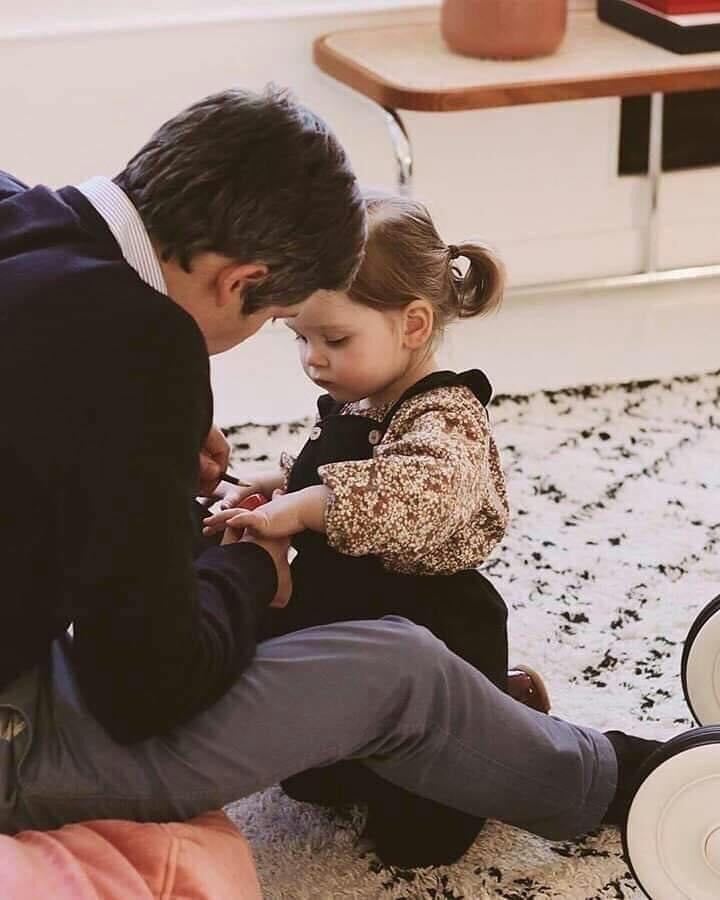
Understanding the Difference Between Coparenting and Parallel Parenting
Of all the complexities, strategies, and obligations involved in a divorce, none are as important as those involving children. The ability (or inability) of the parting couple to put their children above their own grievances is critical to the final arrangement. It’s also the essential difference between coparenting and parallel parenting.
Custody arrangements script more than just guardianship and a visitation calendar. They reflect the tone of the divorce and the maturity of the parents. And they lay the foundation for the children’s adaptability and happiness.
It has been almost half a century since joint custody became a custodial option, let alone the norm.
Anyone who was a child of divorce before this major shift will remember a very different arrangement. The custodial parent, usually the mother, had legal and physical guardianship of the children. And the non-custodial parent had visitation, usually bi-weekly for a weekend.
You can probably imagine the emotional upending for parents and children alike. Anyone who has seen the 1979 Oscar-winning movie Kramer vs. Kramer can attest to the palpable agony of everyone involved.
For the non-custodial parent, being reduced to seeing your child only four days a month, while paying child support, could be emotionally eviscerating.
For the custodial parent, having full responsibility for your child, without the daily help from a spouse, could be overwhelming.
And for the child? Well, the effects of being raised by one parent, perhaps missing the other, and fielding alliance persuasions from both could be harrowing.
Important Terms to Learn
Before exploring the difference between coparenting and parallel parenting, let’s clarify a few terms that you will frequently hear.
Custody refers to the rights and responsibilities between parents for their children. It is divided into legal custody and physical custody.
- Legal custody refers to the right and responsibility to make important decisions for the child. Where will he go to school and church? Who will his doctors be? Can he travel out of state?
One or both parents can have legal custody, contingent upon the amiability and communication between them.
- Physical custody refers to where the child will live. Again, physical custody can be granted to one (sole) or both (joint) parents.
It’s possible for parents to share legal custody but not physical custody. In this case, both would be involved in important decision-making. The child, however, would live with the primary custodian and have visitation with the other.
Visitation, while sounding like “physical custody,” refers to the actual arrangement for time spent with each parent.
Having joint physical custody, for example, doesn’t mean the child has to split time 50/50 between parents. Because of school, friends, and other ties, a child will usually spend more time with one parent.
You can probably get a sense of how these terms are going to play out in the different parenting arrangements.
The difference between coparenting and parallel parenting isn’t rooted in legal or physical custody. It’s rooted in the ability and commitment of the parents to behave and communicate in a responsible and amicable manner.
A judge’s decision to establish one or the other will always come down to the best interests of the child(ren).
To put it bluntly, if the two of you can’t be in the same room without snarling, arguing, or embarrassing your child, don’t plan on coparenting.
You may receive joint legal custody and even joint physical custody. But, if you can’t rise above who you are as exes to be exemplary parents, your child shouldn’t suffer the consequences.
So let’s start on a positive, best-case-scenario note: coparenting.
The underlying premise of coparenting is that children of divorce benefit from having strong, healthy relationships with both parents. And both parents commit themselves to making that possible for the children.
While co-parenting may sound like the obvious choice, it relies on a special relationship between exes. It requires the kind of respect and healthy communication that you would naturally think could have saved your marriage in the first place.
What Does Coparenting Look Like?
- You and your coparent are separated, divorced, or otherwise not romantically involved or cohabitating with one another.
- You are both involved in important decisions involving your child, and you communicate openly and respectfully about them.
- Communicationg occurs comfortably in various forms—in-person, by phone, by text, and by email.
- You can be in the same room or at the same events for your child and be cordial. You actually make a point of both being present at important events like birthdays and school productions.
- Both of you are flexible in matters of childrearing, accommodating things like changes in schedules, vacations, and transportation.
- You allow your child to have a voice in the visitation arrangements. You understand that younger children don’t do well shuffling between homes. Older children, however, want more say in where they spend their time, and you both allow for that.
- Your goodwill toward one another doesn’t preclude healthy boundaries. You don’t give false hope that you will be getting back together.
- You are respectful and cordial toward your ex’s new spouse (if relevant). And you include him/her in communication when necessary for the good of your child.
- Neither parent ever, ever bad-mouths the other in front of your child. You handle disagreements between adults only. And you share your frustrations (they will definitely happen) with adult friends, a counselor, a coach, or a support group.
- You have a forum in place for conflict resolution to avoid problems.
- Both of you want your child to witness his parents working together for his well-being.
The critical difference between coparenting and parallel parenting lies in the ability for and commitment to healthy communication with your ex. Sometimes, for possibly a laundry list of reasons, coparenting simply isn’t an option, and parallel parenting is the only viable solution.
What Does Parallel Parenting Look Like?
- You and your ex may or may not share physical custody.
- Your relationship with your ex is contentious, high-conflict, and you still harbor too much anger and negativity to communicate directly in a healthy way, even for your child.
- You and your ex disengage. This may mean you limit direct contact in matters where you cannot communicate respectfully.
- You and your ex, while sharing in major decisions, conduct your day-to-day parenting completely separately. Except for emergencies, you don’t check in with one another or impose your individual styles or expectations on one another.
- Your communication is “all business.” Nothing personal is exchanged—only necessary information about your child.
- You avoid personal contact and talking by phone. This may mean you hand off your child without seeing or interacting with one another.
- You use emails and calendars as your primary means of communication.
- Neither one of you changes the schedule without a written agreement.
- You never, ever use your child as a messenger or seek him as an ally against your ex.
The communication difference between coparenting and parallel parenting may make your arrangement seem carved in stone. But it doesn’t have to stay that way.
Hopefully, if you begin with a coparenting relationship, you will not only be able to maintain it, but even improve upon it.
If the initial period after your divorce necessitates parallel parenting, however, there is still hope for evolution.
Releasing Your Anger
Keep in mind that one of the most prohibitive things to coparenting is unresolved, unrelinquished anger. The belief that your life will never be good again can keep you in a state of seething resentment toward your ex.
But, once you start to discover and live the good things about life post-divorce, the anger will begin to fall away. Dedicate yourself to your own growth and accountability, and you will eventually step into a non-blaming ownership of your life.
With a renewed focus on what can (and should) be, it will become easier to see beyond yourself. And you will become able to shift your focus to the priority and lifelong well-being of your child.
If both you and your ex can bring this kind of self-development to the table, co-parenting can become your new normal.
Notes
Since 2012, smart women around the world have chosen SAS for Women to partner with them through the emotional and often complicated experience of divorce. We invite you to learn what’s possible for you. Schedule your FREE 15-minute consultation with SAS. Whether you are coping with divorce or are already navigating your life afterward, choose to acknowledge your vulnerability and learn from others. Choose not to go it alone.







Leave a comment or thought.
We`d love to hear what you are thinking after reading this post.